Varanasi Photography Tour
Varanasi Through the Lens
As the first light of dawn breaks over the sacred Ganges, the river reflects the sky in golden hues, and the chants from the ghats drift through the air. The city of Varanasi awakens in ritual and rhythm. It’s more than a destination, it’s a living tapestry of sound, devotion, color, and story. For photographers, it offers moments that linger: sadhus bathing, lamp-lit ceremonies, narrow lanes alive with textures. This guide exists to lead you through that experience to help you see, shoot, and feel Varanasi in every frame.
Morning Rituals at Assi Ghat
Start your day early at Assi Ghat, where the city slowly wakes up with the rising sun. You’ll find people performing yoga, offering prayers, and lighting lamps by the river. The golden morning light reflecting on the Ganges creates perfect shots full of calmness and devotion. This time of day offers some of the best opportunities for Varanasi ghats photography.
Boat Ride on the Ganges
A sunrise or sunset boat ride gives you a different perspective of Varanasi. From the water, you can capture the long stretch of ghats, ancient temples, and daily rituals from a peaceful distance. The mist over the river, soft colors, and reflections make for stunning wide-angle shots. Many Indian photography tours include this experience for its timeless beauty.
Enquire Now
Street Photography in the Narrow Lanes
Move away from the ghats into the winding lanes of old Varanasi. These streets are full of life, children playing, colorful doors, busy chai stalls, temple bells, and vendors selling garlands or sweets. Every turn presents a unique moment. This is where street photography truly comes alive, offering raw, emotional glimpses of daily life.

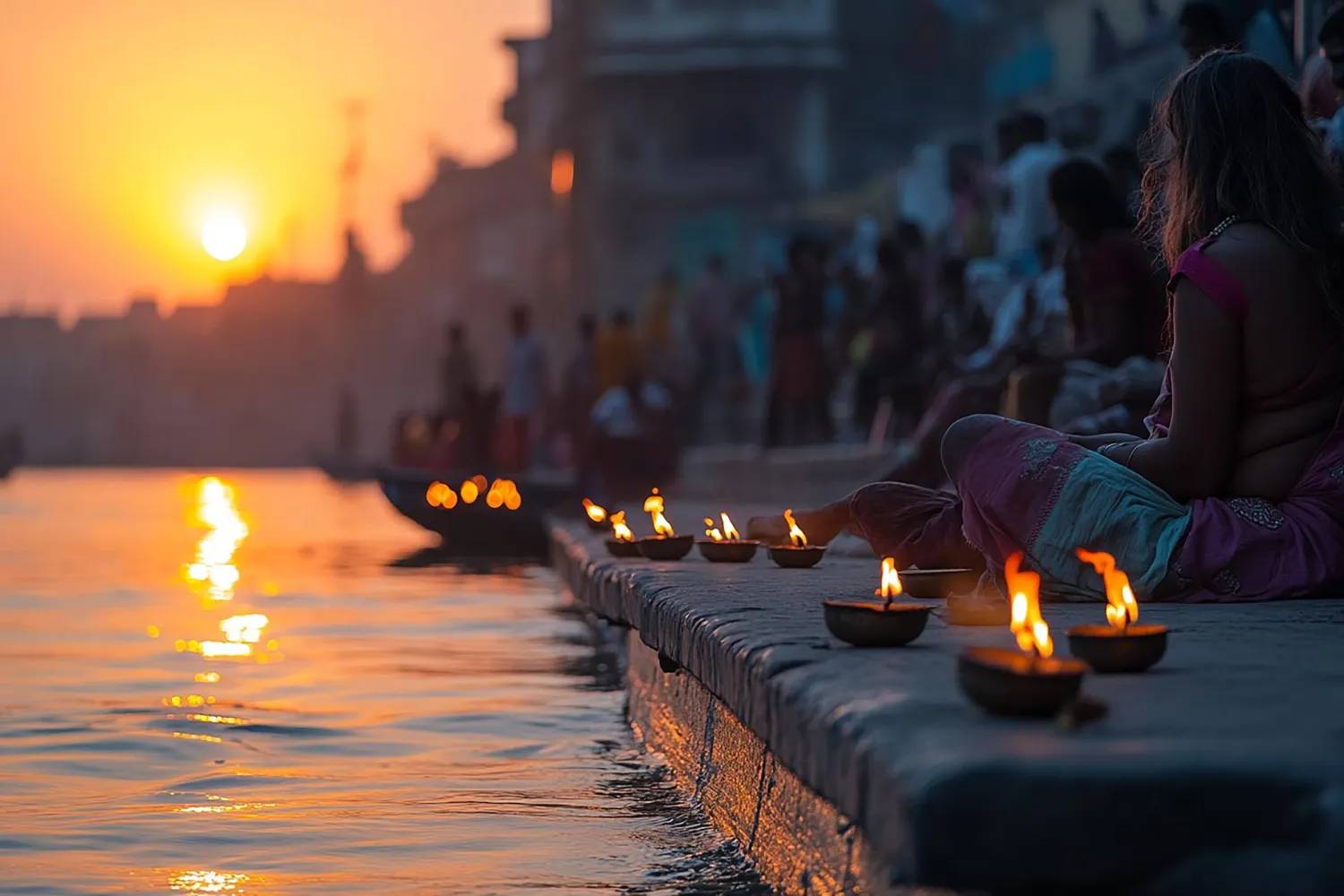


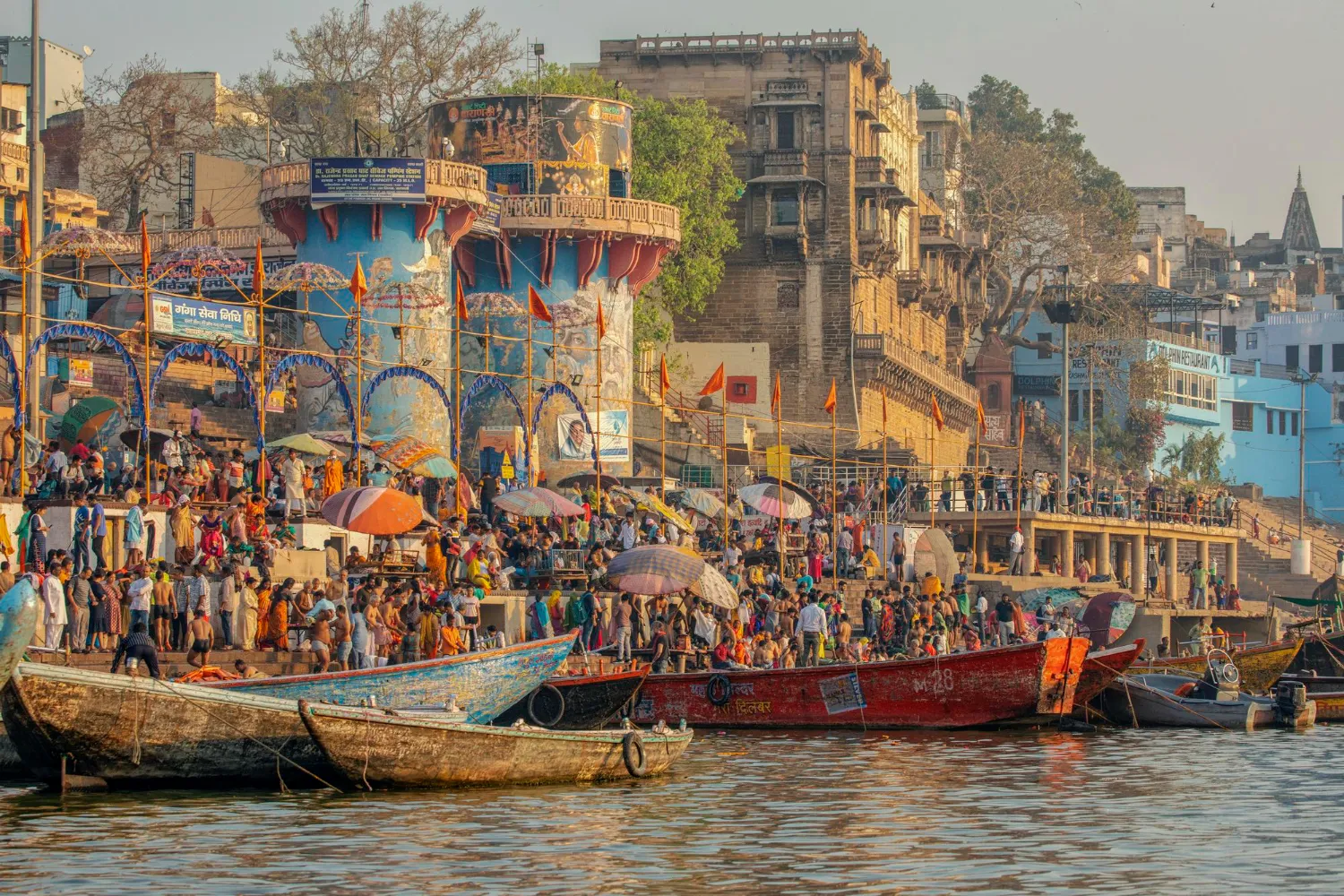
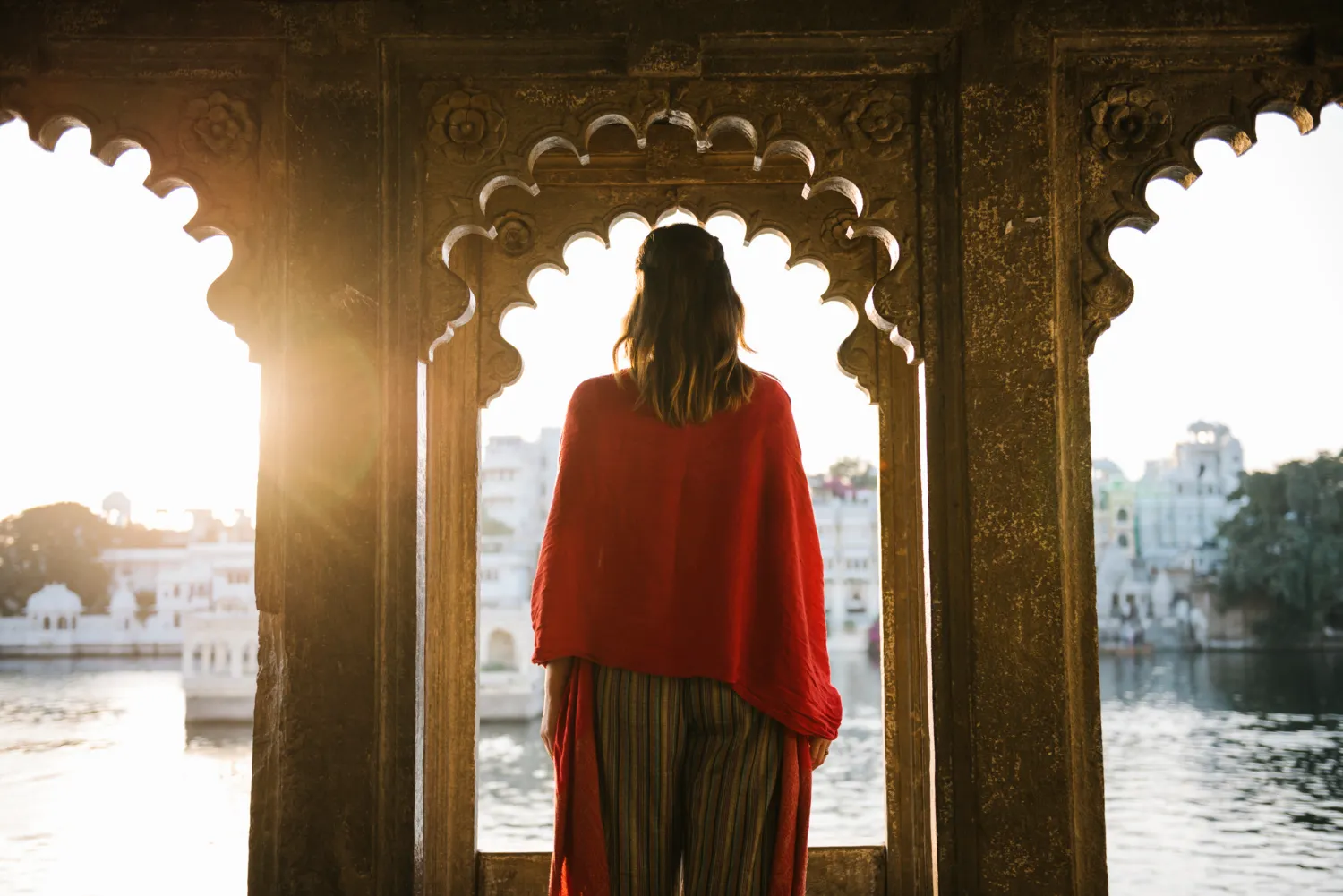

Evening Ganga Aarti at Dashashwamedh Ghat
As the sun sets, head to Dashashwamedh Ghat for the grand Ganga Aarti ceremony, one of the most powerful spiritual experiences in India. Priests perform synchronized rituals with lamps and incense, creating mesmerizing patterns of light, fire, and smoke. Capture the glowing lamps, reflections on the river, and the collective devotion of hundreds of people. Be patient and respectful when photographing focus on the emotion rather than just the spectacle.
Life & Death on the Ghats
Varanasi is known as the city of life and liberation. At Manikarnika Ghat and Harishchandra Ghat, cremation rituals take place daily. These are sacred spaces where families perform final rites, believing it frees the soul from rebirth. If you photograph here, do so from a distance and with deep respect. Capture the atmosphere, the smoke rising, priests chanting, and the balance between sorrow and peace rather than the rituals themselves.
Extra Scenes Worth Capturing
- Local artisans make silk sarees or wooden toys.
- Morning prayers in small riverside temples.
- Flower markets and candle sellers are preparing for evening pujas.
- Birds flying over the river at dawn are a symbol of freedom and serenity.
Best Photography Spots in Varanasi
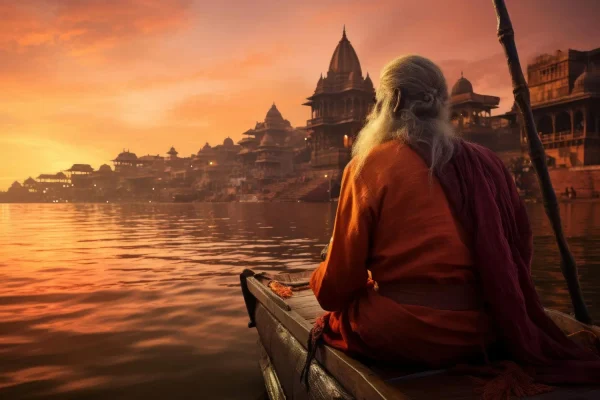
Assi Ghat
Start your day here! It’s the best spot for sunrise photography. Capture morning prayers, yoga sessions, and golden reflections on the Ganges.

Dashashwamedh Ghat

Manikarnika Ghat
One of the oldest and most sacred ghats. It shows the cycle of life and death in its raw form. Photograph respectfully from a distance; it’s a deeply spiritual place.

Godowlia Chowk
A lively market and a paradise for street photographers. Capture colorful chaos, traditional shops, and everyday life in narrow alleys.

Ramnagar Fort

Boat Ride on the Ganges
Take a sunrise or sunset boat ride. The changing light and reflections on the water create perfect wide shots of the ghats and temples.

Kashi Vishwanath Temple
Vibrant and full of life. Capture temple bells, devotees, and the divine energy of one of India’s most iconic temples.

Tulsi Ghat
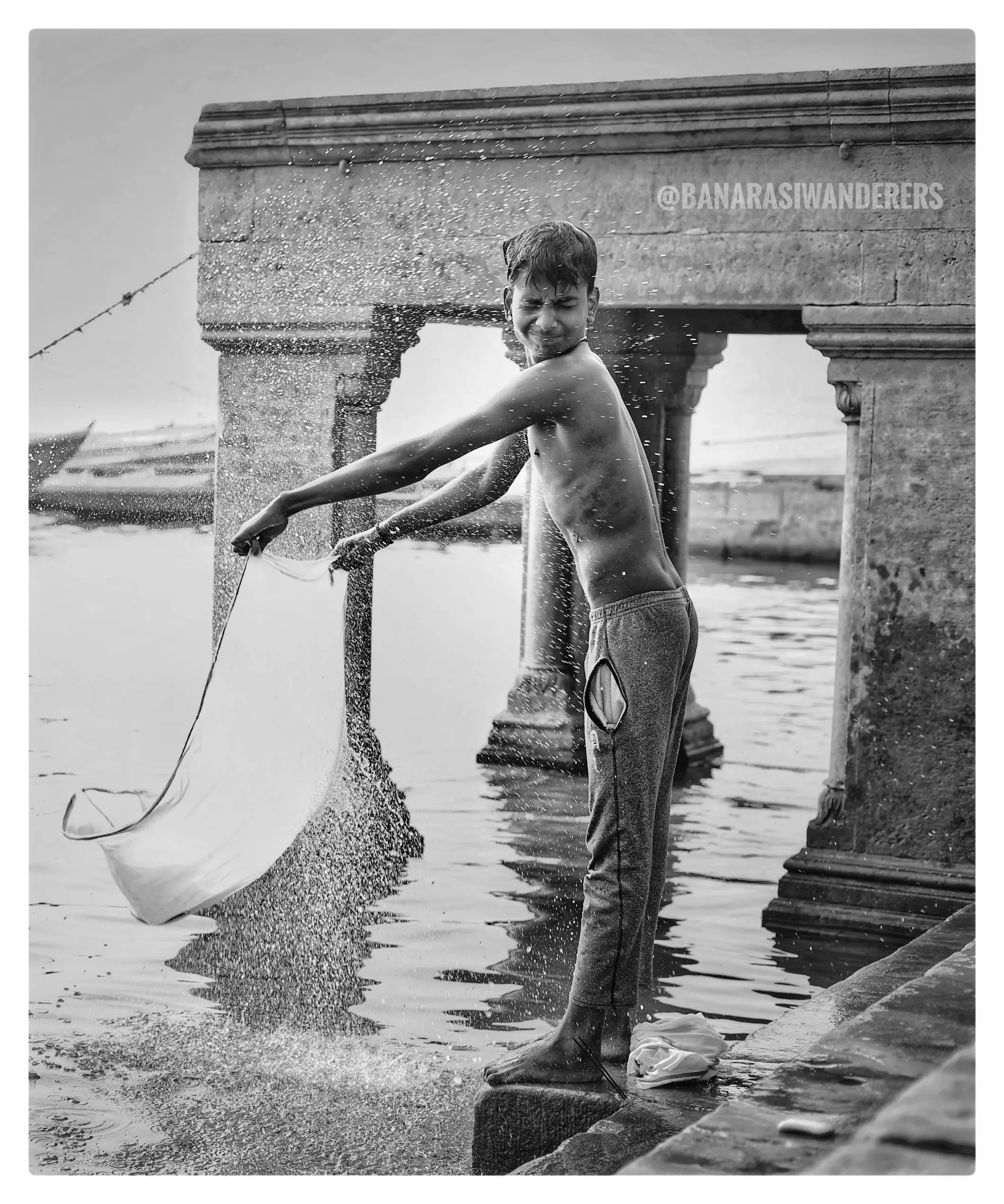
Best Time to Visit and Shoot
Ideal Months:
The best time to visit Varanasi for photography is from October to March. During these months, the weather is cooler and more comfortable, with daytime temperatures ranging from 25°C to 33°C. This period also offers clearer skies and softer light, making it perfect for capturing the city’s vibrant scenes
Golden Hours:
Morning and evening light in Varanasi is exceptional. The golden hours just after sunrise and before sunset provide the most flattering and dramatic lighting for your photos. Early mornings, especially around 5:30 – 7:30 AM, offer serene scenes of rituals and reflections on the Ganges. Evenings, from 5:00 – 6:30 PM, are ideal for capturing the grandeur of the Ganga Aarti and the warm hues of the setting sun
Festivals to Capture:
Varanasi’s festivals add a unique vibrancy to your photos. Notable festivals include:

Dev Deepawali (November 5, 2025):
Celebrated on the full moon night of Kartik month, this festival lights up the ghats with over a million diyas (oil lamps), creating a mesmerizing scene

Holi (March):
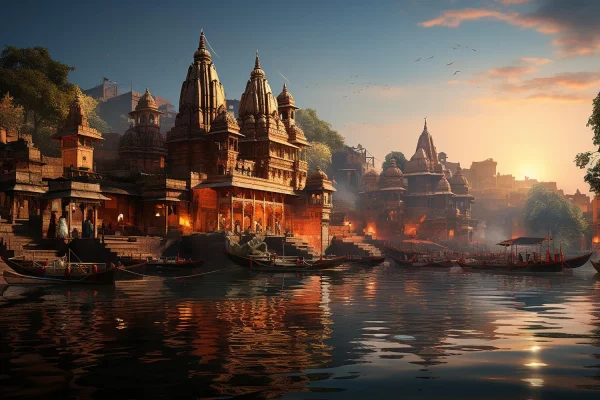
Mahashivaratri (March):
Photography Tips for Varanasi
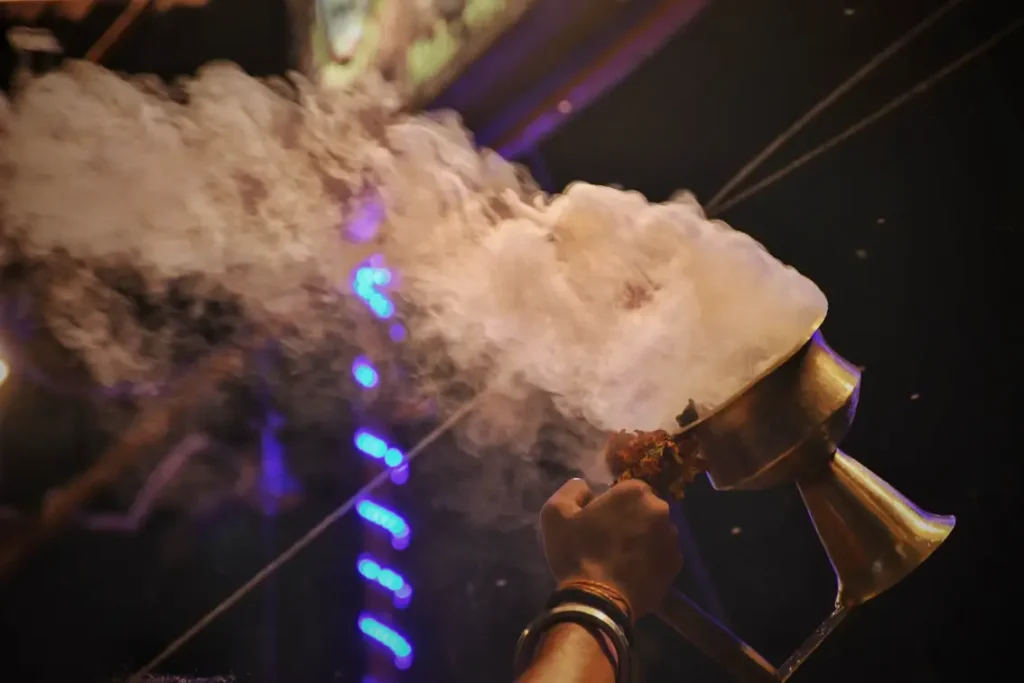
Camera & Lens Suggestions
- Wide-Angle Lens (16–35mm):Ideal for capturing the expansive ghats and riverfront scenes.
- Standard Lens (35–50mm):Perfect for street photography and portraits, offering versatility and sharpness.
- Telephoto Lens (70–200mm):Useful for isolating subjects and capturing distant details, especially during rituals.
- Fast Lenses (f/1.8 or f/2.8): Beneficial for low-light conditions, such as early mornings or evening aartis.

Composition Ideas
- Reflections:Look for opportunities to capture reflections in the Ganges, especially during the golden hours.
- Silhouettes:Photograph subjects against the rising or setting sun to create striking silhouettes.
- Framing:Use elements like boats, temple arches, or alleyways to frame your subjects creatively.
- Action Shots: Capture the dynamic rituals and daily activities along the ghats to tell compelling stories.
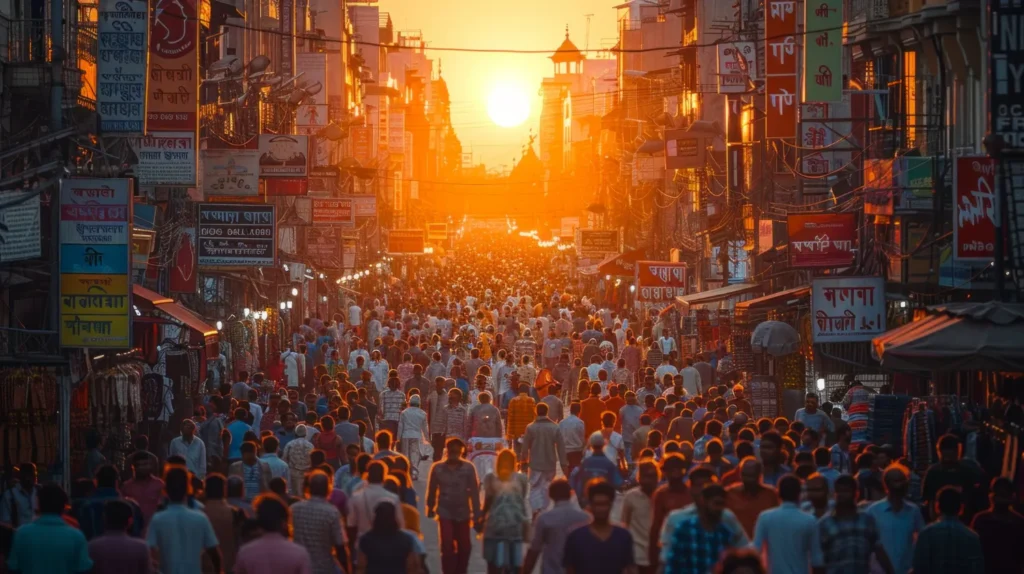
Light Management
- Golden Hours:Shoot during early mornings (5:30–7:30 AM) and late afternoons (5:00–6:30 PM) for soft, warm lighting.
- Handling Smoke & Mist:Be prepared for smoke from incense and aartis; use it to add atmosphere to your shots.
- Dynamic Range:The contrast between light and shadow can be intense; consider bracketing exposures to capture detail in both highlights and shadows.
- Shooting RAW: This format provides greater flexibility in post-processing, especially in challenging lighting conditions.

Mindful Approach
- Patience is Key:Allow scenes to unfold naturally; sometimes the best moments come when you least expect them.
- Observe First:Spend time understanding the environment and its rhythms before raising your camera.
- Engage Locally:Building rapport with locals can lead to more authentic and intimate photographs.
- Reflect Emotionally:Let the spirituality and energy of Varanasi influence your work, capturing not just images but feelings.
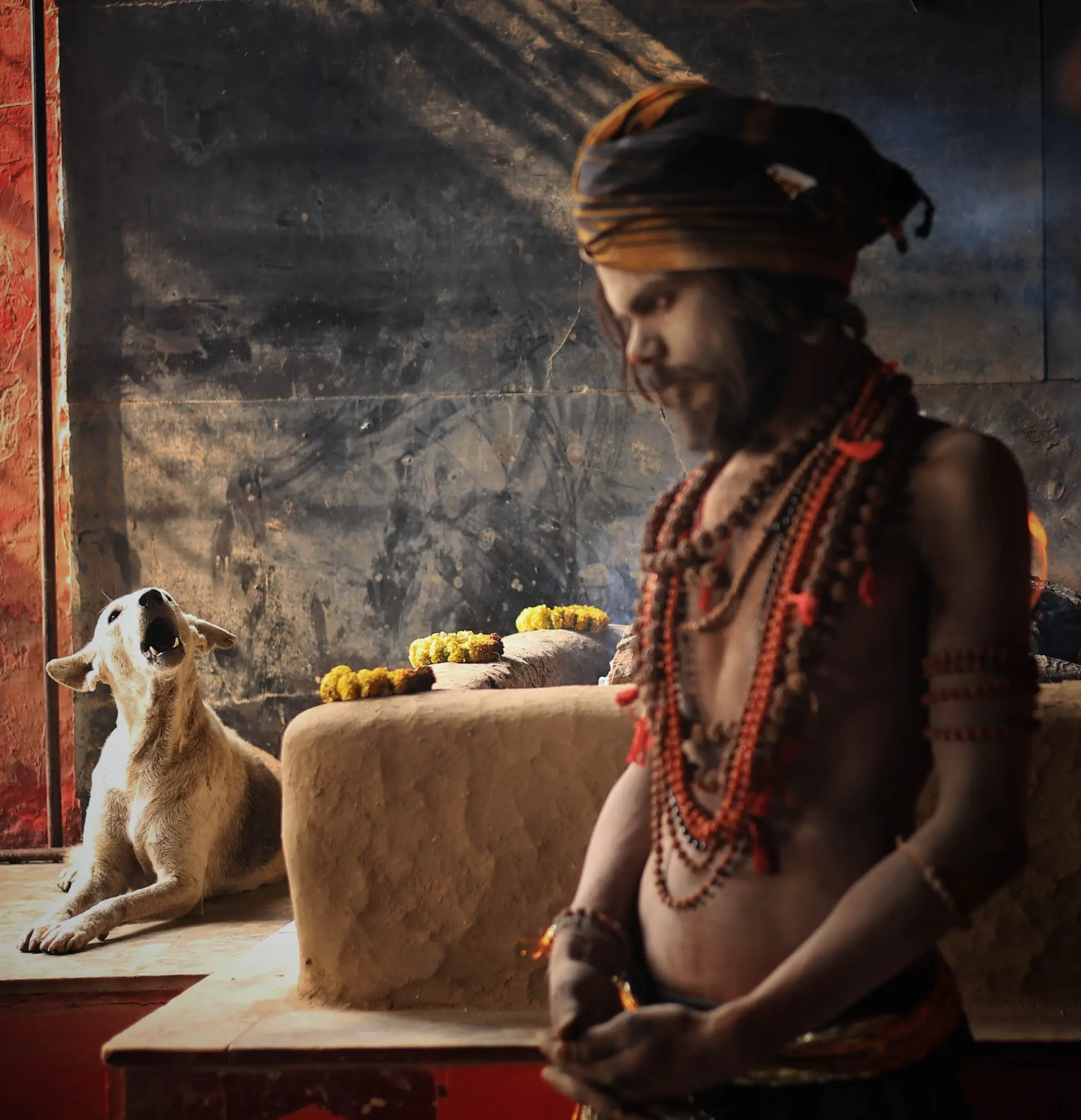
The Spiritual Side of Photography
Photography in Varanasi is more than capturing images; it’s a spiritual experience. While photographing the ghats, rituals, and everyday life, you naturally practice patience, mindfulness, and respect. Every Aarti lamp, flowing river, and ritual moment tells a story of devotion, impermanence, and local culture. Your camera becomes a bridge not just to see the city, but to feel it. Observing, waiting for the right moment, and being aware of the people and traditions around you make your photography more meaningful. This mindful approach turns every “Varanasi ghats photography” session into a journey that touches both your lens and your soul.
Varanasi is more than just a city; it’s full of culture, faith, and life at every corner. A Varanasi photo tour with Hidden Mantra lets you capture its true spirit while connecting with its traditions and people. From the peaceful morning rituals at Assi Ghat to the colorful streets of Godowlia Chowk and the evening Ganga Aarti, our guided tours help you take amazing photos and understand the stories behind them. Explore our blog for tips, cultural insights, and spiritual guides to other sacred places in India. With Hidden Mantra, your photography journey becomes not just about pictures, but about experiencing and feeling the soul of Varanasi.
Frequently Asked Questions
What’s the best time for photography in Varanasi?
The ideal time to photograph Varanasi is from October to March, when the weather is cooler and more comfortable for extended shooting sessions. During these months, the city experiences softer light, especially during the early mornings and late afternoons, providing optimal conditions for capturing the vibrant scenes along the ghats and bustling streets.
Can I photograph people and rituals in Varanasi?
Yes, you can photograph people and rituals in Varanasi; however, it’s essential to approach with respect and sensitivity. Always ask for permission before taking close-up portraits, especially of sadhus, pilgrims, or during intimate rituals. Avoid intrusive shots and be mindful of the cultural significance of the ceremonies. This approach ensures a positive experience for both you and your subjects.
Do I need special permissions for drone photography in Varanasi?
Yes, drone photography in Varanasi requires special permissions. According to Indian drone regulations, all drones except those in the Nano category must be registered and issued a Unique Identification Number (UIN). Additionally, a permit is required for commercial drone operations, and operators must maintain a direct visual line of sight at all times while flying. Drones cannot be flown more than 400 feet vertically.
Is Varanasi safe for solo photographers?
Varanasi is generally safe for solo photographers; however, it’s important to exercise caution. While violent crime is rare, petty thefts and occasional harassment can occur. It’s advisable to stay in well-populated areas, especially near the ghats, and avoid walking alone after dark. Dressing modestly and being aware of your surroundings can further enhance your safety.